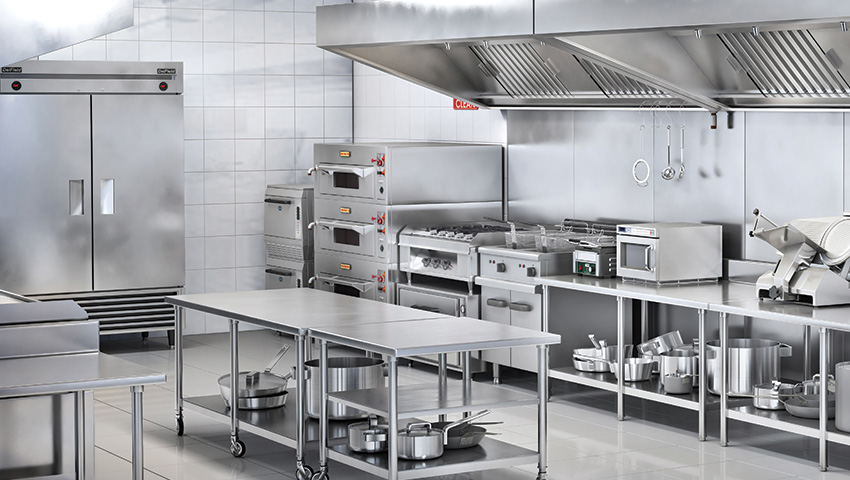Unlocking Efficiency: Cost-Effective Strategies with Commercial Equipment

Strategic Equipment Investment
Investing in commercial equipment is a significant decision for any business, and strategic planning is essential to ensure cost-effectiveness. Carefully assess your operational needs, production volume, and budget constraints to identify the most suitable equipment solutions. Consider factors such as durability, efficiency, and maintenance requirements to maximize the return on investment. By making informed decisions and prioritizing long-term value over short-term savings, businesses can optimize profitability and operational efficiency.
Embracing Energy Efficiency
Energy costs constitute a significant portion of operating expenses for many businesses, particularly those in the food processing industry. Choosing energy-efficient commercial equipment can lead to substantial cost savings over time. Look for equipment with energy-saving features such as high-efficiency motors, insulation, and programmable controls. Additionally, consider investing in renewable energy sources such as solar panels or biomass boilers to further reduce energy costs and minimize environmental impact.
Streamlining Production Processes
Streamlining production processes is key to maximizing efficiency and profitability in commercial operations. Evaluate workflow patterns, production bottlenecks, and equipment utilization to identify opportunities for optimization. Implement lean manufacturing principles to minimize waste, reduce downtime, and improve overall productivity. By streamlining production processes and leveraging the capabilities of commercial equipment, businesses can increase output while minimizing costs, ultimately enhancing profitability.
Routine Maintenance and Servicing
Routine maintenance and servicing are essential to prolonging the lifespan and maximizing the efficiency of commercial equipment. Develop a proactive maintenance schedule and adhere to manufacturer recommendations for regular inspections, lubrication, and calibration. Promptly address any issues or signs of wear to prevent costly breakdowns and unplanned downtime. Additionally, consider investing in preventive maintenance contracts with equipment suppliers or third-party service providers to ensure timely and professional servicing, minimizing disruptions to operations and preserving equipment value.
Training and Skill Development
Effective utilization of commercial equipment relies heavily on operator competency and skill. Invest in comprehensive training programs to ensure that operators are proficient in equipment operation, maintenance, and safety protocols. Empower employees to develop their skills and expertise through ongoing training and professional development opportunities. Well-trained operators can identify and address issues proactively, optimize equipment performance, and minimize costly errors, contributing to overall profitability and operational excellence.
Optimizing Supply Chain Management
Optimizing supply chain management is crucial for cost-effective operation in commercial settings. Evaluate suppliers and negotiate favorable terms to minimize procurement costs while maintaining quality and reliability. Implement inventory management strategies to optimize stock levels, reduce waste, and minimize carrying costs. Leverage technology such as inventory management software and automated ordering systems to streamline supply chain processes and improve efficiency. By optimizing supply chain management, businesses can reduce costs, enhance reliability, and maximize profitability in commercial operations.
Conclusion
Cost-effective strategies with commercial equipment are essential for maximizing profitability and ensuring long-term success in competitive markets. By strategically investing in efficient equipment, embracing energy-saving technologies, streamlining production processes, prioritizing routine maintenance and servicing, investing in training and skill development, and optimizing supply chain management, businesses can achieve significant cost savings and enhance operational efficiency. With a proactive and strategic approach to cost management, businesses can unlock new levels of profitability and sustainability in commercial operations.












